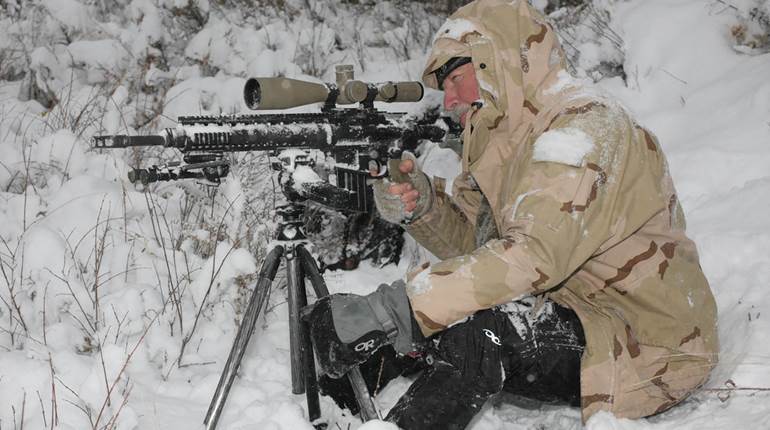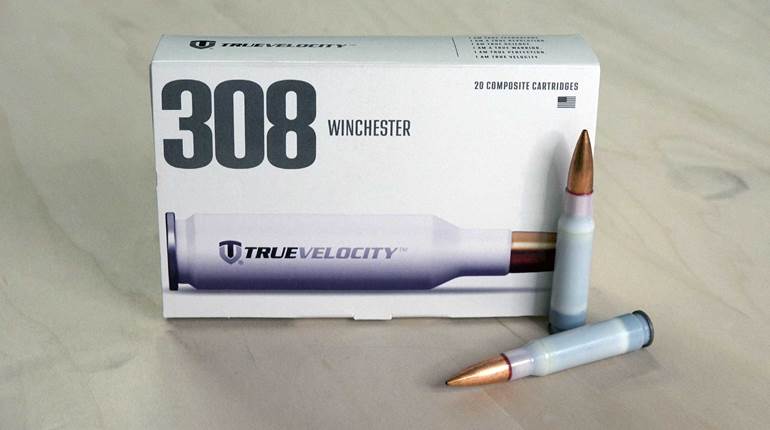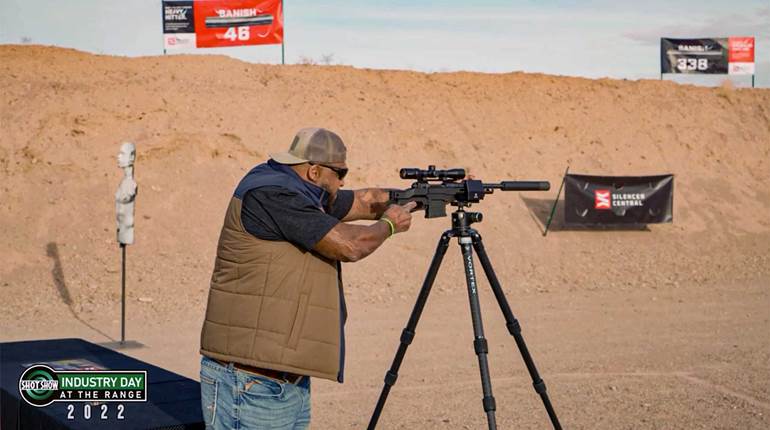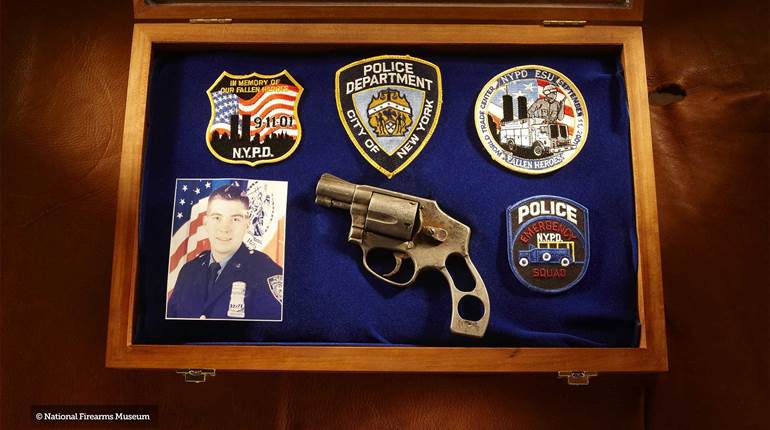
I am not talking about a 1980’s advertising campaign lamenting composition chicken in fast food. Guns are made out of (you guessed it) parts. Gun parts, to be precise—and a lack thereof is affecting the unmet surge in demand for semi-automatic AR-style rifles.
The AR is a pretty complicated rifle. Making use of “modern” materials, the original Colt AR-15 had 122 parts, ranging from the magazine box (1) all the way to handguard snap ring (122). Much of the total comes from little bitty pins, springs, snap rings and lock washers.
Large components, such as the upper and lower receivers, are what many think of as the firearm, and those are often made by the company whose name is on the side of the lower receiver. Just about any company (with the right programming and proper manufacturer’s license, of course) with a CNC machine can produce an AR receiver. The major stumbling block for many gunmakers today in upping or maintaining AR production capacity is the bolt carrier. Regardless of how many upper and lower receivers a firm can churn out, without a bolt carrier an AR, to paraphrase, “Is Parts.” An AR cannot function without one.
The bolt carrier is a fairly complicated part to manufacture. So much so that there are few firms in the country that specialize in making them. Those companies are running at full capacity, with three shifts, but are not producing enough to meet demand. Woe to the smaller AR maker that does not have its own machines or a tight business relationship with a machine shop that turns out bolt carriers.
So why don’t smaller makers just make their own? That is a matter of cost and time. To my knowledge, no AR company in the United States makes 100 percent of its parts; there is no reason for a gunmaker to manufacturer its own detent springs. It would be folly. Especially when a spring-making company can supply a better part at a much better price than a company could itself. A company with dedicated machines and large capacity can make and sell a bolt carrier for, say, $20. If an AR firm had to make the same part itself, it would likely cost more than three times as much. And that company’s machines could not make other parts. It would also have to write new programs to the machine to make the carrier, which also incurs cost. It does not make sense to buy new CNC machines to dedicate to bolt carriers as no one knows when demand will return to “normal” levels, and then they will cost $20 again.
Also, at least one maker of ARs went out of business during the last surge in demand because he could not get critical parts (including bolt carriers and barrels) during the height of demand. He was left with a pile of parts he had paid for, but no rifles he could sell. By the time he had the parts to assemble rifles, demand had receded and no one wanted to buy them.
There are only two kinds of AR makers right now: Haves and have nots—those that have bolt carriers and those that don’t. “Parts Is Parts” only when you have all the ones you need.






































